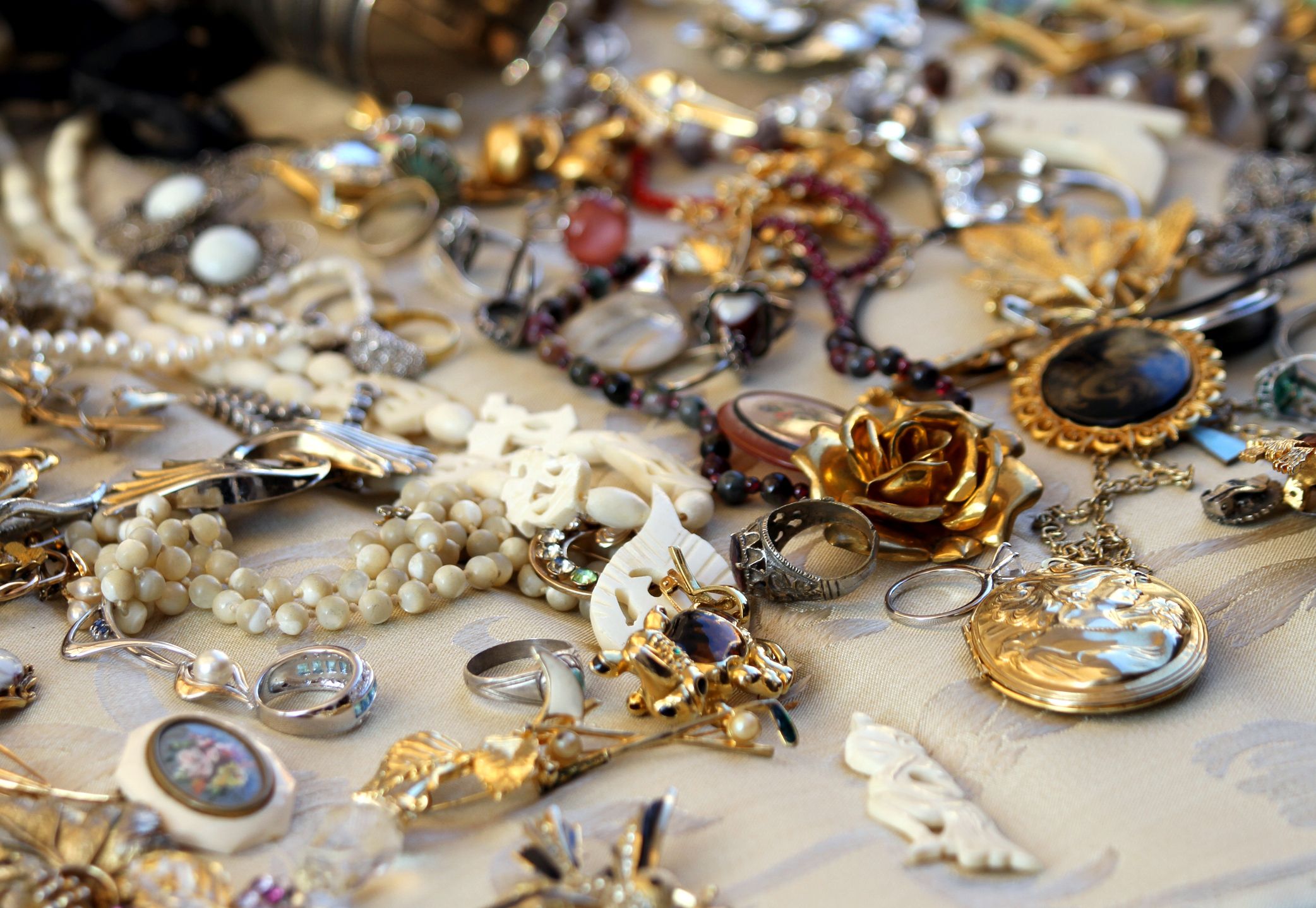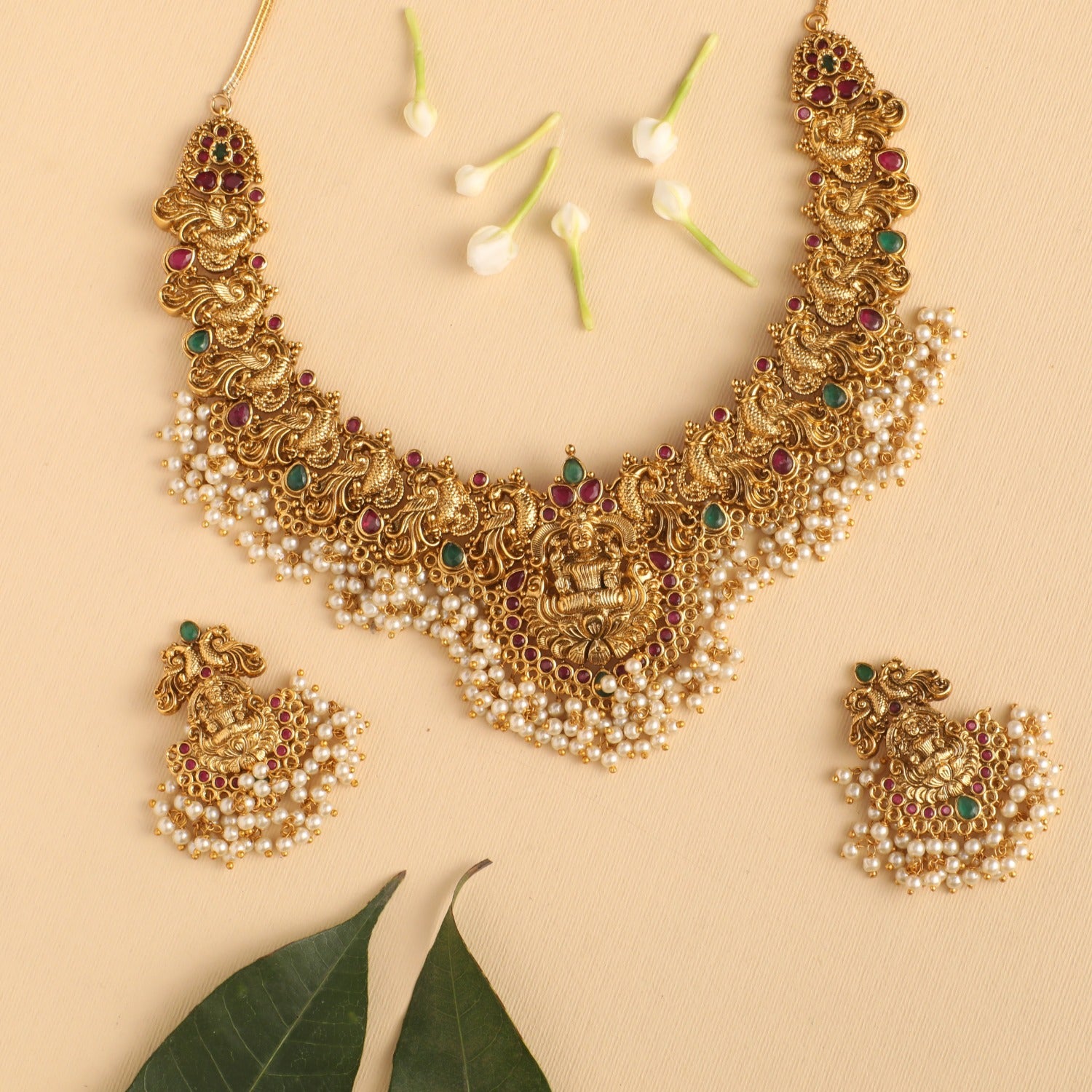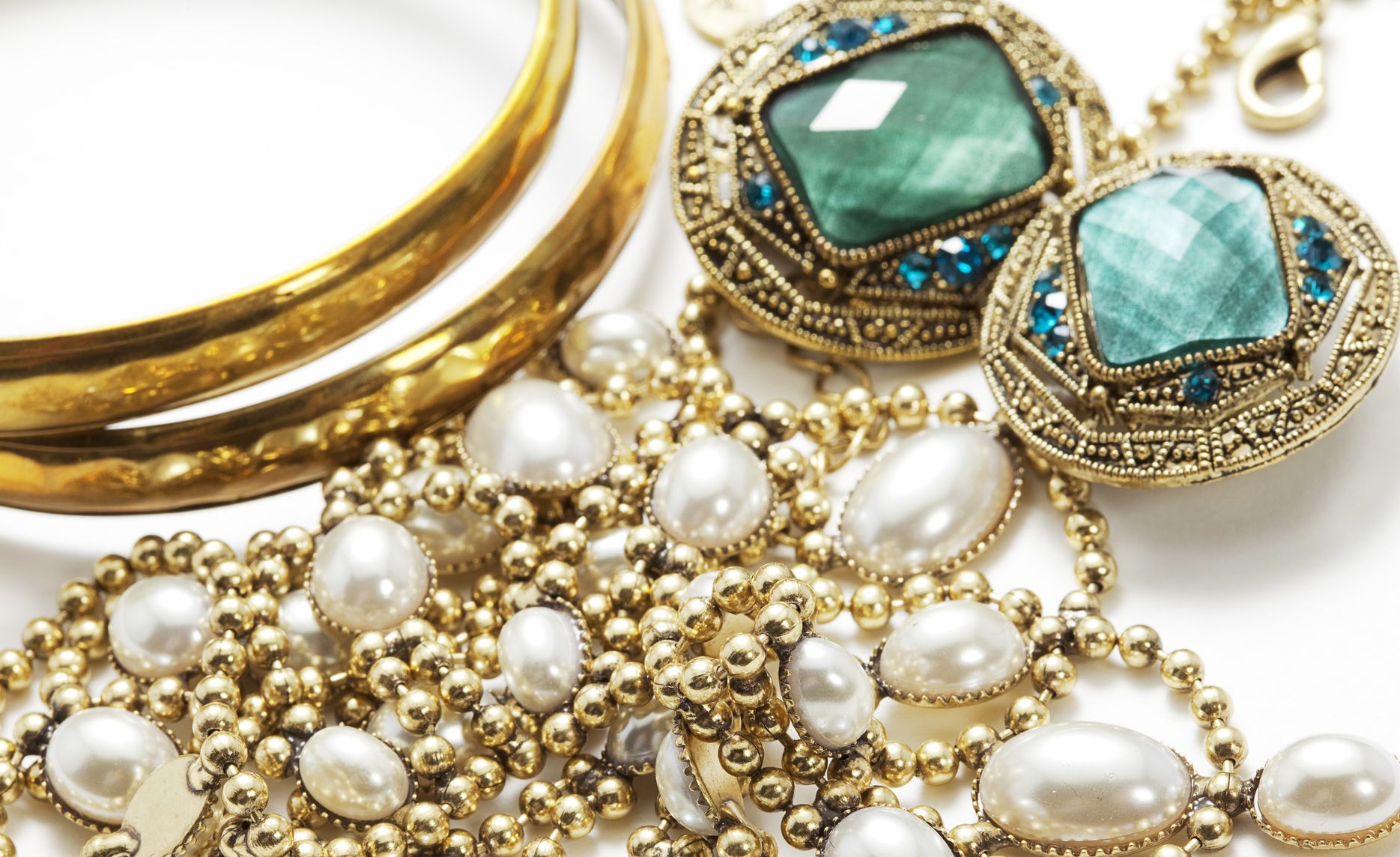Own a piece of heritage with collectible antique jewelry.
Introducing the Appeal of Vintage Jewelry: Understanding Its Various Styles
Antique fashion jewelry offers as a fascinating window right into the past, offering insights right into the cultural and creative nuances of different eras. Each style, from the stirring ins and outs of Victorian fashion jewelry to the liquid sophistication of Art Nouveau, envelops the sentiments and technologies of its time.
Victorian Period Precious Jewelry
The appeal of Victorian Era jewelry depends on its complex craftsmanship and extensive importance, showing the social values and emotional currents of the time. Extending from 1837 to 1901, this duration was defined by a fascination with nature, mourning, and romanticism, which profoundly influenced precious jewelry layout. Jewelry items typically featured elaborate concepts, such as flowers, animals, and complex fretwork job, crafted from products like gold, silver, and gems.

Furthermore, the technological advancements of the Industrial Change enabled more detailed styles and making use of brand-new materials, such as diamonds and pearls. This democratization of luxury made fashion jewelry much more available to the middle course, causing a proliferation of varied styles. On The Whole, Victorian Age jewelry remains a fascinating testament to the intricate interplay of art, feeling, and societal standards during a transformative historic period.
Art Nouveau Creations
Identified by its organic forms and streaming lines, Art Nouveau jewelry arised in the late 19th and very early 20th centuries as an action to the automation and inflexible styles of the preceding periods. This artistic activity sought to accept nature, including elements such as blossoms, leaves, and creeping plants into the styles. Art Nouveau items commonly featured asymmetrical make-ups, emphasizing a feeling of movement and fluidity.

Making use of ingenious strategies, such as enameling and the unification of glass, further distinguished Art Nouveau precious jewelry from its precursors. The movement inevitably celebrated originality and creative expression, making each item an one-of-a-kind masterpiece. Therefore, Art Nouveau developments remain to mesmerize collectors today, symbolizing a distinct blend of style and nature that stays classic.
Edwardian Period Parts
During the early 20th century, the Edwardian duration saw a remarkable evolution in fashion jewelry design, marked by a focus on elegance and opulence. This age, called after King Edward VII, spanned from 1901 to 1910 and is defined by the intricate craftsmanship and fragile aesthetics that define its items.
Jewelry from this duration frequently includes platinum setups, a material that enabled for finer and more complex designs, enhancing the play of light against the treasures. The usage of rubies was prevalent, commonly prepared in intricate motifs such as fretwork and floral patterns. Edwardian fashion jewelry additionally welcomed making use of pearls, which added a soft, luminous high quality to the items.
Breastpins, lockets, and jewelry ended up being noticeable, showcasing the era's propensity for romantic and wayward layouts. Generally, Edwardian period jewelry remains a testimony to a time when creativity and sophistication ruled supreme in the globe of adornment.

Art Deco Styles
Arising in the 1920s and flourishing via the 1930s, Art Deco develops stand for a vibrant separation from the ornate styles of previous ages, welcoming geometric forms, streamlined types, and lively colors. Characterized by a sense of modernity, this design activity attracted inspiration from various sources, including cubism, old Egyptian concepts, and the dynamic aesthetics of the equipment age.
Art Deco precious jewelry typically includes strong contrasts, incorporating products such as platinum, gold, and tinted gems to develop striking aesthetic results. Making use of intricate patterns and motifs, including zigzags, hop over to these guys chevrons, and floral elements, showcases the craftsmanship of the time. Notably, the era also saw the introduction of new methods such as go to website enamel work and the use of synthetic stones, expanding the possibilities for creative expression.
Parts from this duration usually radiate prestige and refinement, making them very searched for by enthusiasts and fanatics alike. Art Deco precious jewelry offers not only as a reflection of its time but additionally as a testimony to the long-lasting appeal of its innovative designs. Thus, it holds a substantial area in the history of antique jewelry, celebrated for its one-of-a-kind style and cultural importance.
Retro and Mid-Century Styles
Retro and Mid-Century designs, covering from the 1940s to the 1960s, represent a vivid duration in jewelry layout that shows the optimism and innovation of post-war culture. antique rings austin. Defined by bold layouts and using innovative products, this era saw a departure from the intricate outlining of previous styles, welcoming instead an extra lively and exuberant visual
Jewelry from this period commonly includes huge, colorful gems, including citrine, aquamarine, and tourmaline, established in yellow gold-- a material that got prominence as a result of its warm tones and pliability. The designs often included whimsical themes such as flower patterns, abstract forms, and geometric forms, capturing the spirit of modernity and flexibility that specified the era.
Remarkable designers like Cartier and Van Cleef & Arpels made substantial payments to Retro and Mid-Century styles, producing items that combined craftsmanship with imaginative flair. The impact of Hollywood beauty during this time led to a boosted need for declaration jewelry, making it a vital device for the classy elite. Collecting Retro and Mid-Century fashion jewelry view it today uses fanatics a glimpse into a transformative duration in background, identified by creativity and cultural evolution
Final Thought
The expedition of antique precious jewelry reveals a vibrant spectrum of styles, each symbolizing the social and imaginative subtleties of its corresponding period. From the psychological deepness of Victorian layouts to the cutting-edge spirit of Retro items, these artefacts work as vital historical stories. Comprehending the unique features of each period improves recognition for the workmanship and relevance behind these accessories, strengthening their status as not just decorative products yet likewise useful links to the past.